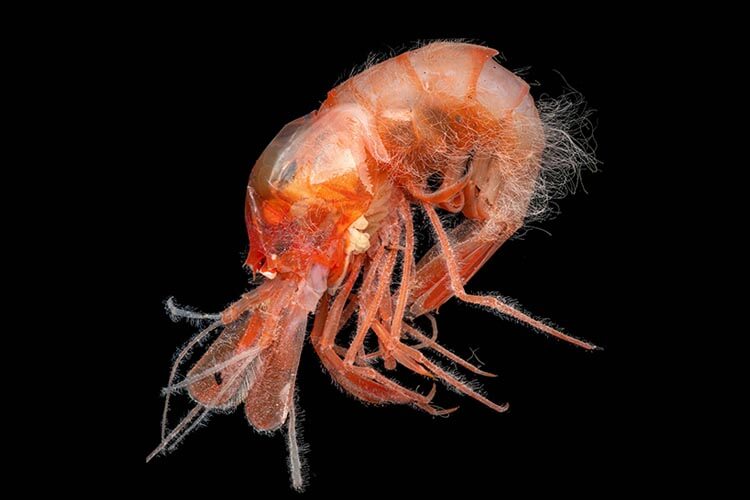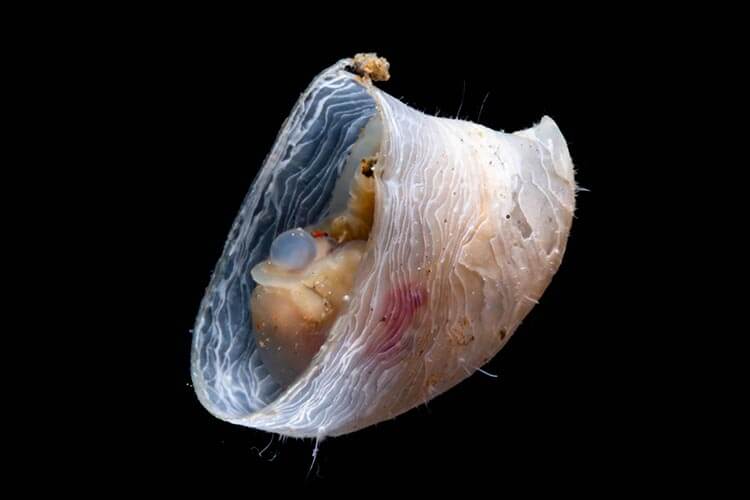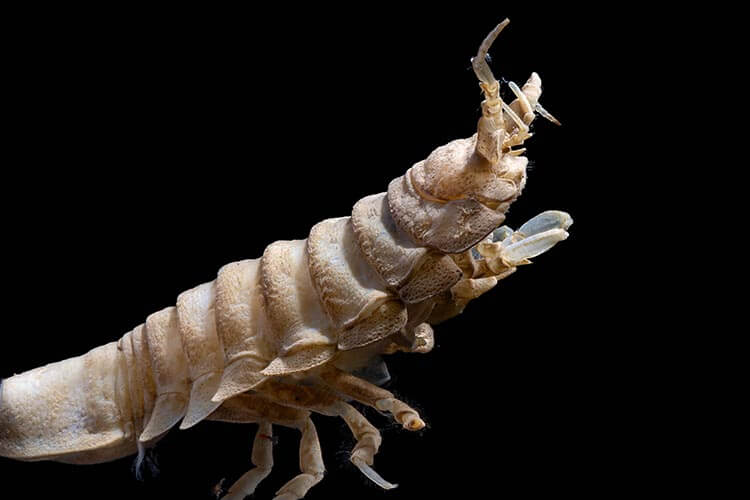
By DIVE Staff
The latest Ocean Census expedition to discover 100,000 new species before the year 2030 has revealed some of the extraordinary biodiversity of the understudied depths of the Arctic Ocean.
The Arctic Deep Expedition, staffed by 36 scientists and specialists from 15 different countries, took place during May 2024 onboard the Norwegian Research Vessel Kronprins Haakon. The ship served as a platform for REV Ocean’s specialist remotely operated vehicle (ROV) Aurora to explore, sample, and catalogue the species diversity of the little-explored region.
The expedition collected hundreds of new specimens during the voyage, including shrimp covered in hairy bacteria feasting on methane; stalked jellyfish resembling underwater flowers; armoured crustaceans; forests of tube worms; fish with antifreeze proteins in their blood; and animals living with bacteria that can turn toxic chemicals into energy.
The survey sites extended 1200 km north of Norway into the Greenland Sea, with most of the discoveries made at depths between 2000 to 3700 metres across some of the Arctic’s most extreme habitats, such as hydrothermal vents, methane ‘cold seeps’, mid-ocean ridges and abyssal plains.
The Arctic’s hydrothermal vents are surrounded by an ecosystem powered by chemical energy rather than sunlight, where species such as the ‘hairy’ shrimp are found at depths up 3000m in the Greenland Sea. The ‘hair’ covering their bodies is actually colonies of bacteria that convert the highly toxic and corrosive hydrogen sulphides gushing from the seafloor into energy.
First discovered in 1977, the process of ‘chemosynthesis’ – the bacterial metabolism of chemicals – is the start of the food chain around hydrothermal vents and cold seeps, a stark contrast to photosynthesis, the process by which plants turn sunlight into energy to power the rest of the natural world. Evolutionary biologists believe that chemosynthesis in environments similar to hydrothermal vents could well have sparked the creation of life on Earth.

‘Every species that we find is part of the library of the ingenuity of nature and the innovations that nature has come up with to cope with the challenges of their environment, which can be very valuable for us,’ said Professor Jon Copley of the University of Southampton, who participated in the expedition. ‘It can lead to new molecules that can be used for medical treatment; new insights for material science in the future. That is why deep-sea life matters and why we should continue to protect it for the future.
‘These Arctic seeps and vents show us that life is intimately connected to the global climate,’ added Professor Copley. ‘We are seeing the aftermath of past climatic events in patterns of life here, and that shows us that any climatic event in the future will affect all deep ocean life.’
The same geochemical processes that feed chemosynthesis also create the much sought-after mineral deposits which nations around the world are now seeking to extract through deep-sea mining – and there are fears that exploitation of the deep sea floor will destroy environments before scientists have had a chance to properly study them.

Although there is currently an international moratorium on deep-sea mining Norway has approved the commercial exploration of potential deep-sea mining sites, and so organisations like the Nippon Foundation-Nekton Ocean Census Alliance have committed to the urgent study of such environments before they are lost.
‘We urgently need to build up a baseline that will give us the possibility to understand the changes in the future,’ said Professor Giuliana Panieri of the Arctic University of Norway, co-lead of the Ocean Census Arctic Deep Expedition. ‘The past is the key to the present. The present is the key to the future.’
Further imaging, sequencing, and taxonomy will be completed in October at the Ocean Census Species Discovery Workshop at the University of the Arctic, Tromsø, Norway, to identify which species are new to science


